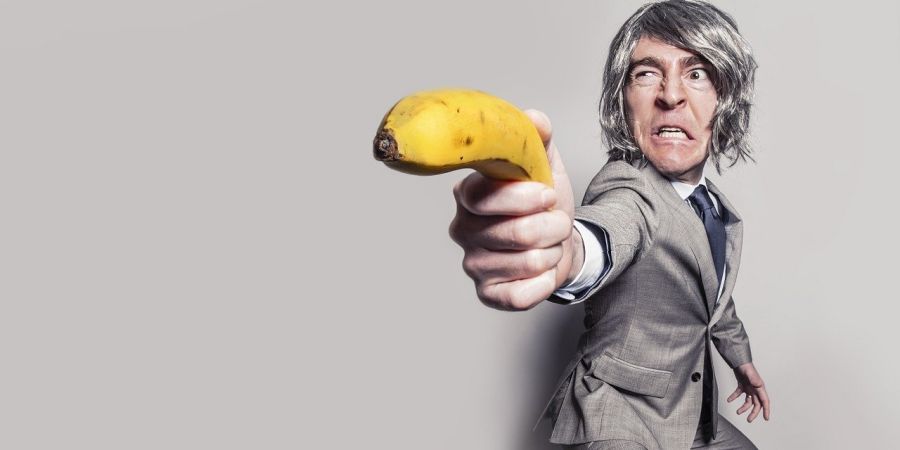

The grassy plants of Musa species and the fruit they produce are commonly called 'banana'. They are originally from the tropical region of Southeast Asia and were probably first cultivated in Papua New Guinea. Today, they are cultivated throughout the region. The first evidence of bananas was found in Malaysia 4000 years ago. Uganda ranks first in terms of eating bananas, where about 225 bananas are eaten per person per year.
Banana plants belong to the family of Musa. It is cultivated mainly for the fruit and to a lesser extent for the production of fibers and also as an ornamental plant. Since banana plants are quite tall and generally quite strong and are often mistaken for a tree, their main or upright stem is actually a pseudonym. In some species, the height of this pseudostem can be up to 2-8 meters and its leaves can be up to 3.5 meters long. Each pseudostem can produce a cluster of green bananas, which often turn yellow or sometimes red as they ripen. After fruiting, the pseudostem dies and is replaced by another pseudostem.
Banana fruits grow in hanging clusters, with a row of up to 20 fruits (also called a hand) and a row of 3-20 bananas in a bunch. The entire hanging cluster of bananas is called a bunch, or commercially called "banana stem" and weighs 30–50 kg. A fruit weighs an average of 125 grams, with about 75% water and 25% dry content. Each fruit (known as a banana or 'finger') has a protective outer layer (the rind or skin) within which is a fleshy edible part.
From the point of view of area and yield, the number of banana comes after mango. If we look at the production of banana, then India has second number. In India, bananas are planted on an estimated two lakh twenty thousand hectares. Maharashtra ranks third in terms of area in the banana-producing provinces, yet Maharashtra is the first in terms of production in terms of trade or sales in the province. Maharashtra accounts for about 50 percent of the production. At present, the total area of forty-four thousand hectares in Maharashtra is for banana crop, out of which more than half of the area is in Jalgaon district, hence Jalgaon district is called Banana Bhandar. Basrai bananas are mainly sent to Jalgaon part in North India. Similarly, bananas are exported to markets in Saudi Arabia, Iran, Kuwait, Dubai, Japan and Europe. It receives foreign circulation on a large scale. More than 86 percent of banana uses are for food. Ripe bananas are excellent nutritious food. Banana flowers, raw fruits and the inner part of the stem are used for vegetables. Powder, marmalade, toffee, jelly etc. are made from the fruit. Dried leaves are used for covering. Banana stems and tubers are cut into pieces and used as fodder for animals. Banana tree is used as a sign of auspiciousness in religious work.
The season for planting bananas varies according to the climate, as the result of the climate depends on the time the banana grows, the time it takes to fruit and the time it takes to ripen. The banana planting season in Jalgaon district starts at the beginning of the rains. The weather of this part remains hot during this time.




